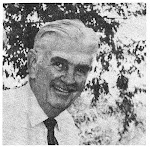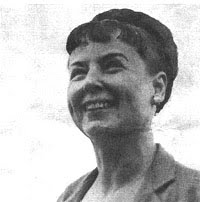Holling’s
art and writing was closely intertwined with his naturalism. He — and in fairness, his wife, Lucille — were
people of the outdoors beginning with his early jaunts camping in New Mexico
and exploring places like the Mississippi River.
Holling
became an “expert,” Gibb says, joining a boat club, racing canoes and shells, and
learning survival techniques if the worst happened. Holling insisted Lucille become a good
swimmer, and they kept a canoe at Chicago’s Lincoln Park on Lake Michigan. Perversely, Holling liked to go out on the
lake during a “blow” when bad weather hit.
Gibb surmises that Holling felt he needed to battle the elements in
order to portray them vividly and accurately in his writing and art. Lucille said she could look at the whitecaps
on the lake from their window in the Palmolive Building, and one wonders how
she felt at those times.
Holling
recalled one such instance when he paddled about two miles out on the lake in rotten
weather. Returning, he noticed a crowd
on shore. Getting closer he saw an angry
police officer. Gibb says of Holling, “Still
panting from exertion, the [Irish] policeman gestured wildly and commanded him
to come in immediately. ‘Don’t you know
that you might have been drowned!’”
Holling
said he didn’t know quite what to do, so to gain time to think, he yelled back,
“Let me rest a minute. I’m fagged!”
Shortly
thereafter, the policeman had cooled off and Holling could explain the situation. He told Gibb he still thought long afterwards
that the cop might have arrested him if he had gone ashore immediately.
Hazel Gibb Hinman’s [1910-2004] thesis dissertation
became a book, published by the University of Redlands in 1958 and titled The Lives and
Works of Holling Clancy Holling.









No comments:
Post a Comment